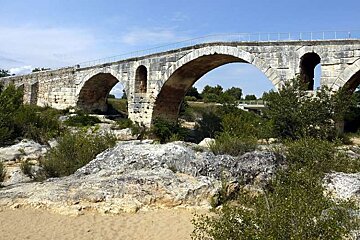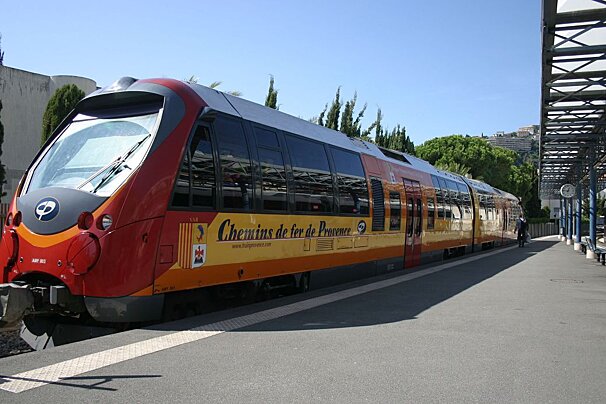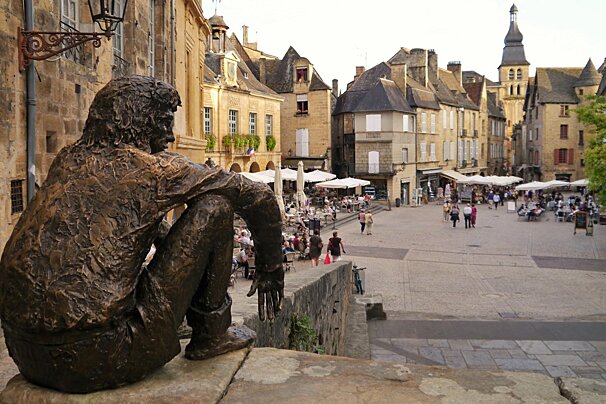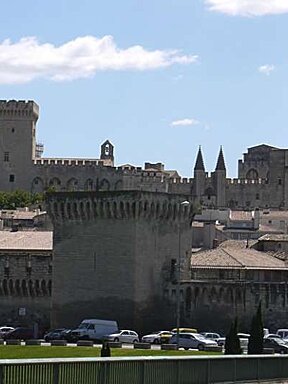
© Seeprovence.com
Pont Julien, between Bonnieux & Roussillon
Roman bridge crossing the Calavon river that dates back to 3BC
A lovely Roman bridge not far from Bonniuex, on the road towards Roussillon. It dates back to the 3rd century BC when the Romans built a road to link Italy to Hispania.
The road was known as Via Domitia and was the first Roman road to be built in France. It was admitted to the historical monuments list back in 1914 has been a popular tourist attraction ever since. The bridge itself is 80m long, 6m wide and stands at a height of 11.5m. It has a relatively elegant appearance, and is built from limestone.
It was used for car traffic until 2005, when a replacement bridge was built to preserve it from wear and tear. This amounts to approximately 2,000 years of uninterrupted use.
Worth knowing
Built by order of Julius Caesar, it was one of the few choke points of the river on the Via Domitia (Domitian Way), which owes its name to the nearby Colonia Julia Apta. This road followed a perfectly structured path according to the Roman principle; it started from Cavaillon to reach the Alps and therefore Rome. Some other secondary roads revolved around the bridge. They served Bonnieux, the Combe of Lourmarin, Roussillon and their domains. Contemporary of the developments made on the Roman route from Cavaillon to Apt, it is estimated that the dating of Julian Bridge can be placed in the Augustan period (27 BC - 14 AD).
The architecture of the bridge, with a total length of 46m 60cm, is characterised by its elegant appearance, due to the three wide semi-circular arches, ensuring both weightlessness and strength. Beside, these openings have a significant use: draining the excess of water when the Calavon was in flood. One also can see on the inside arches, relatively large holes whose presence did not cease to intrigue the specialists. There were several interpretations of the origin and function of these holes. Some people saw signs of removing studs intended to consolidate the building, while others believed that during centuries of invasions, looters stole the bronze spikes. Finally, some people thought the holes were used in the construction of dams to provide power to a channel whose traces can be seen on the rock.
The Julian Bridge seems to have withstood time because there are few references in the municipal archives about its maintenance, at most a few repairs done at different times. In 1789, works are undertaken after a long year of waiting. Cracks are clogged and the bridge is therefore closed to loaded cars. In the 20th century, the Julian Bridge demanded urgent repairs. After a favourable opinion, the municipality decided to restore the bridge with the assistance of the General Council.






















